
Ferric Sulphate 500gm
KSh2,500.00 Original price was: KSh2,500.00.KSh2,300.00Current price is: KSh2,300.00.
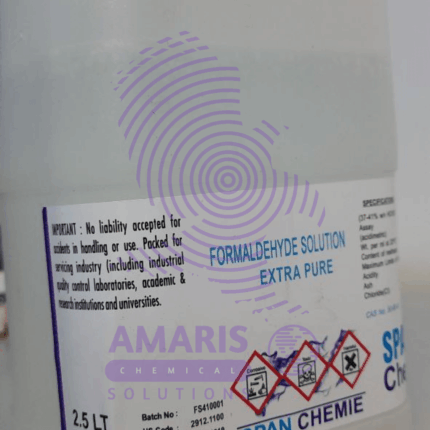
Formaldehyde 2.5 litres (formalin)
KSh4,500.00 Original price was: KSh4,500.00.KSh4,000.00Current price is: KSh4,000.00.
Field Stain A and B 25gm
KSh1,600.00 Original price was: KSh1,600.00.KSh1,500.00Current price is: KSh1,500.00.
Field Stain A and B are used in a staining technique for blood films, particularly for the rapid identification of malaria parasites and other hematological purposes. The staining method is known as Field’s stain, and it is a type of Romanowsky stain.
Field Stain A
- Composition: Field Stain A is typically an aqueous solution of methylene blue, which stains the nuclei of cells blue.
- Function: It primarily stains the acidic components of the cell, including DNA and RNA. This makes the nuclei and certain cytoplasmic components appear blue.
Field Stain B
- Composition: Field Stain B is usually an aqueous solution of eosin, which stains the basic components of the cell pink.
- Function: It stains the cytoplasm and extracellular components pink to red. Eosinophilic structures, such as red blood cells and certain granules, are highlighted by this stain.
Usage
- Procedure:
- Prepare the blood smear: A drop of blood is spread thinly on a glass slide and allowed to air dry.
- Apply Field Stain A: The dried smear is immersed in Field Stain A for a short duration, typically around 5-10 seconds.
- Rinse: The slide is briefly rinsed in water to remove excess stain.
- Apply Field Stain B: The smear is then immersed in Field Stain B for another short duration, around 5-10 seconds.
- Rinse and dry: The slide is rinsed again in water and allowed to air dry.
- Outcome: The resulting stained smear allows for the differentiation of various cell components, making it easier to identify and analyze blood cells and any parasitic infections like malaria.
SKU:
ACS19336CHEM0
Category: Analytical Reagents
Description
Uses of Field Stain A and B
1. Malaria Diagnosis
- Identification of Malaria Parasites: Field Stains A and B are extensively used for the rapid detection of malaria parasites in blood smears. The stains highlight the parasites’ presence within red blood cells, aiding in quick diagnosis.
2. Hematological Studies
- Differentiation of Blood Cells: These stains help in differentiating various types of blood cells. For instance, they distinguish between white blood cells, red blood cells, and platelets, which is crucial for diagnosing blood disorders and conducting routine blood examinations.
3. Rapid Staining in Field Conditions
- Field and Remote Laboratory Use: Due to their simplicity and quick staining process, Field Stains A and B are particularly useful in remote and field conditions where advanced laboratory equipment might not be available.
4. Microbial Identification
- Detection of Microorganisms: While not as commonly used as other stains like Gram stain, Field Stains can sometimes aid in identifying microorganisms in blood samples or other clinical specimens.
5. Veterinary Medicine
- Animal Blood Analysis: Similar to human medicine, these stains are used in veterinary laboratories to examine blood smears from animals, aiding in the diagnosis of blood-borne diseases and overall health assessment of animals.
6. Education and Training
- Teaching Tool: Field Stains A and B are used in educational settings to teach students and trainees about blood smear preparation and the identification of different cell types and parasites.
7. Clinical Research
- Research Studies: Researchers use these stains to study the morphology of blood cells and parasites, contributing to the development of new diagnostic techniques and treatments for blood-borne diseases.
Procedure for Laboratory Use
- Sample Collection: Obtain a blood sample via finger prick or venipuncture.
- Blood Smear Preparation: Place a drop of blood on a clean glass slide and spread it thinly using another slide to create a smear.
- Drying: Allow the smear to air dry completely.
- Staining:
- Immerse the smear in Field Stain A for about 5-10 seconds.
- Briefly rinse the slide in clean water.
- Immerse the smear in Field Stain B for another 5-10 seconds.
- Rinse the slide again in clean water.
- Drying and Examination: Let the slide air dry and then examine it under a microscope.
Reviews (0)
Be the first to review “Field Stain A and B 25gm” Cancel reply
Shipping & Delivery
Related products
Aceto Carmine 100 ml
Aceto carmine is a staining solution used primarily in microscopy to highlight cellular components. It is a mixture of carmine dye and acetic acid. Here’s an overview of its properties, preparation, and uses:
Properties
- Color: Red to purplish-red.
- Solubility: Soluble in water and ethanol.
- Staining Characteristics: Stains chromatin and cytoplasmic components, providing contrast for better visualization under a microscope.
Preparation
- Ingredients:
- Carmine dye: A natural red dye extracted from the cochineal insect.
- Acetic acid: A colorless liquid organic compound with a pungent smell.
- Procedure:
- Dissolve a specific amount of carmine powder in hot distilled water.
- Add glacial acetic acid to the solution.
- Filter the mixture to remove any undissolved particles.
Aluminum Hydroxide 250gm
Aluminium hydroxide is a chemical compound with the formula Al(OH)3. It is an inorganic compound that is commonly used as an antacid to neutralize excess stomach acid, as well as a component in the manufacture of various products, such as ceramics, paper, and cosmetics. It is a white, powdery substance that is insoluble in water and has a low toxicity. When heated, it decomposes to produce aluminium oxide, or alumina, which is used in the production of aluminium metal.
Ammonium Chloride 500gm
Ammonium chloride is an inorganic compound with the chemical formula NH4Cl. It is a white crystalline salt that is highly soluble in water and has a salty taste. Ammonium chloride is often used in various industrial and laboratory applications, including as a flux in soldering, as a nitrogen source in fertilizers, and as a component in dry cell batteries. It can also be used in medicine as an expectorant to help thin and loosen mucus in the respiratory system
Ammonium Ferrous Sulphate 500gm
Anhydrous Aluminum Chloride
Anhydrous aluminum chloride, often represented as AlCl3, is a chemical compound composed of aluminum and chlorine. "Anhydrous" means it lacks water molecules in its structure. It's a white or pale yellow solid that is highly hygroscopic, meaning it readily absorbs moisture from the air. This property makes handling it a bit tricky since it can form a solution with water vapor in the air, turning into a fuming liquid.
Potassium iodide
Active Pharmaceuticals Ingredients, Analytical Reagents, Nutrient Supplements, Photographic Chemicals
Sodium acetate Trihydrate
Sodium Thiosulphate 25kg
Sodium thiosulfate (Na2S2O3) is an inorganic compound that is commonly used as a photographic fixer, as well as in medical and industrial applications. It is a white crystalline powder that is soluble in water and has a mild odor. In photography, sodium thiosulfate is used to remove unexposed silver halide from photographic prints and negatives, making the image permanent. In medicine, it is used as an antidote for cyanide poisoning, and in industrial applications, it is used as a reducing agent, a dechlorinating agent, and in water treatment processes.

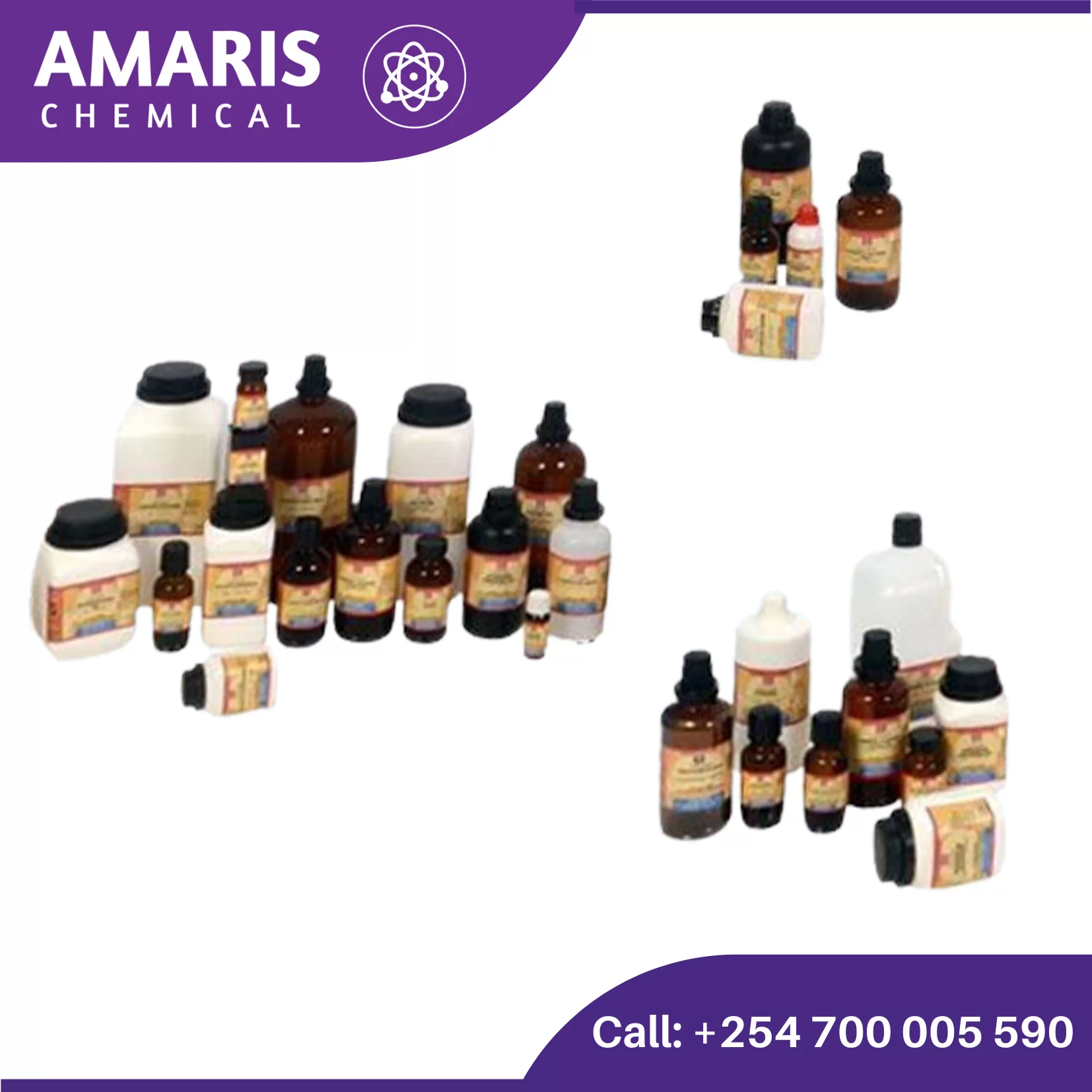
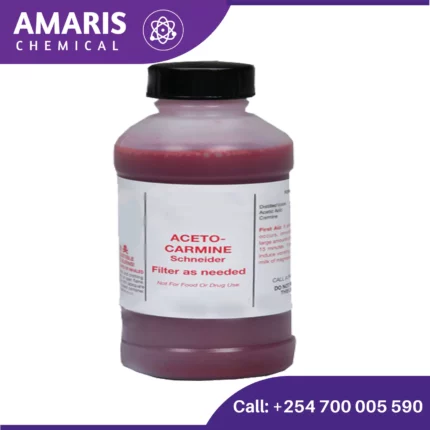
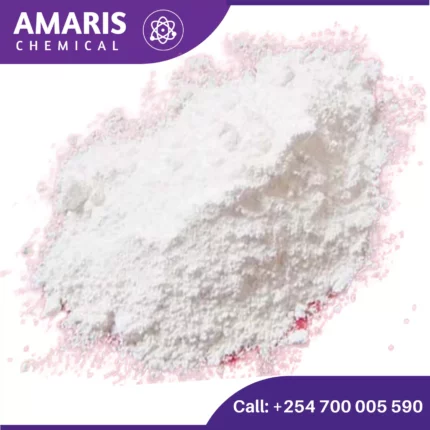
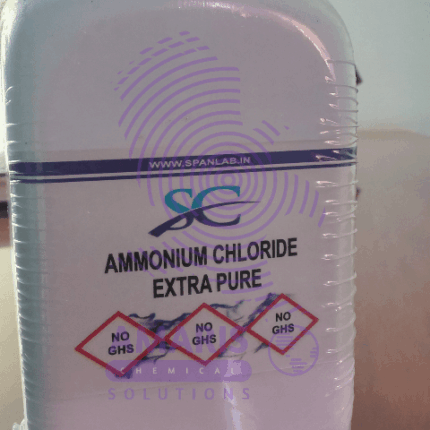
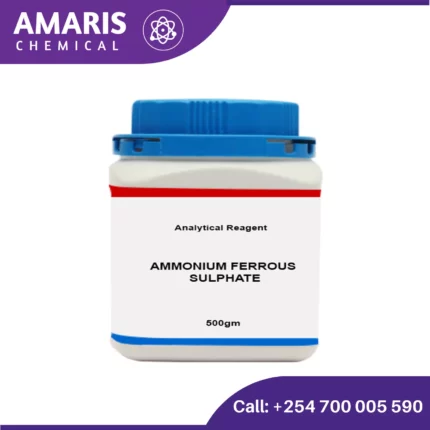
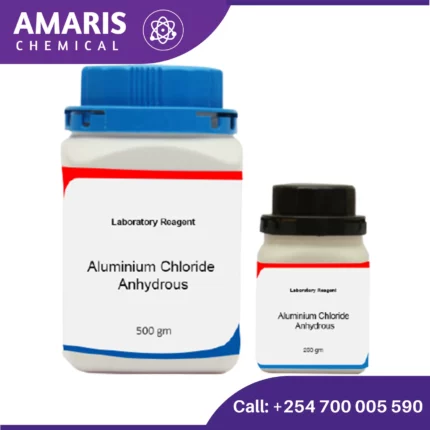
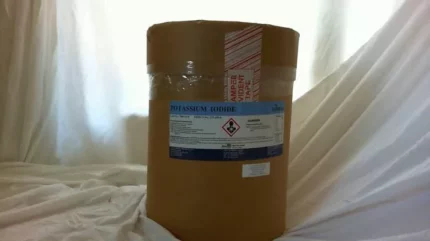


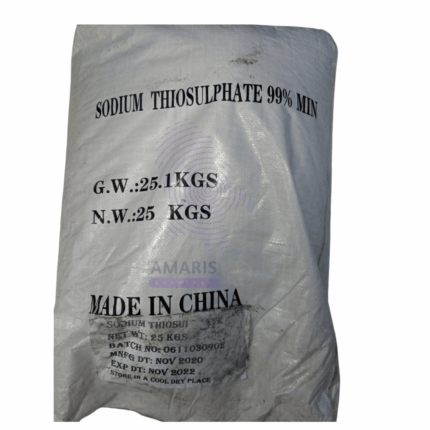







Reviews
There are no reviews yet.